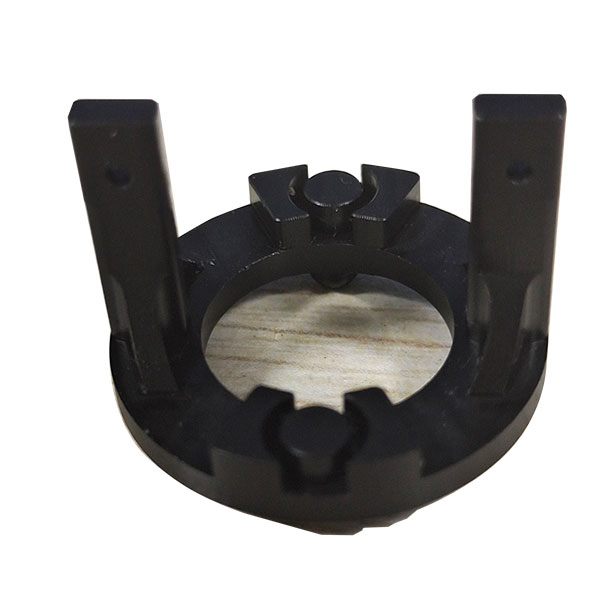

SumitechProvide customers with precision parts
Focus on precision parts processing and production
Order Hotline:+86 13418256345

What factors can cause deformation of parts during cnc machining?
When precision cnc processing factories produce products, minor mistakes made by operators often lead to product deformation, thereby affecting the production efficiency of the enterprise. So, how can we reduce the deformation of cnc machined mechanical parts? Let's have a look.
Heat treatment processing: For precision cnc processing of parts, due to various reasons, the products are prone to bending after heat treatment. On the one hand, there will be bulges in the middle and the planar deviation will increase. This is caused by improper operation of the operator, but this situation rarely occurs in our company. On the other hand, due to the influence of various external factors, the fixture has a bending phenomenon. These deformation problems are not only due to the changes in internal stress after heat treatment, but also because of the weak professional knowledge of the operators and their lack of understanding of the structural stability of the products, which increases the probability of part deformation. It is also very important to read the drawings accurately and carefully and process mechanical parts according to the drawings.
Excessive clamping: In precision cnc machining, auxiliary tools are often used to clamp products. To avoid vibration during cnc machining of the product, this method is adopted, but some situations similar to heat treatment may also occur. At this point, adjust the clamping force according to the position of the clamping point to increase the contact area between the fixture and the workpiece as much as possible. This way of handling will be much better, thereby reducing the deformation in precision cnc machining.
Tool cutting: Due to insufficient rigidity of the product or tool, under the influence of cutting force, the product becomes thicker at the top and thinner at the bottom, which is called the tool feeding phenomenon. The method to deal with this phenomenon is to enhance the sharpness of the cutting edge and reduce the frictional resistance between the cutting edge and the workpiece.
About Sumitech
CompanyapplicationCertificate environmentcontactProduct
Five axis machining part High precision partsCNC lathe partsMedical device partsOther industriesNews
Company Industry problem+86-134-1825-6345Monday to Saturday 8:30-20:00
(welcome to inquire)
Sumitech precision machinery technology (Dongguan) Co., Ltd © Copyright【ADMIN】【Back to top】